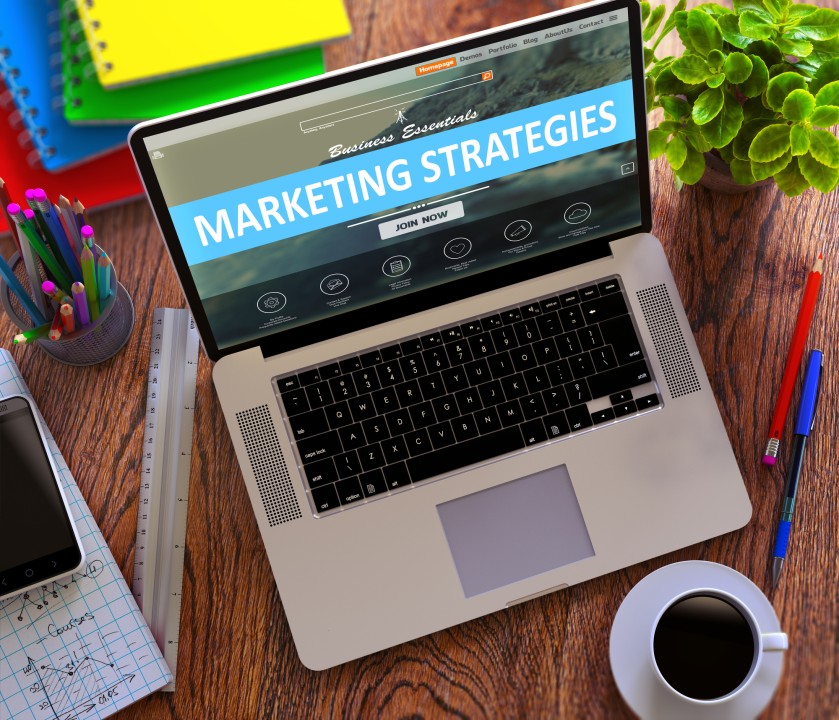What is Stealth Marketing?
Many marketing strategies people are familiar with take a very direct approach.
For example, when you see a commercial on TV, hear one on the radio, or see print ads on billboards and in magazines, you know what’s happening.
You’re aware that you see an advertisement and that the whole point it’s there is to sell you something.
Stealth marketing is different in this regard.
Although it can take many different forms, the whole point of stealth marketing is to market to people and get the associated products into their heads without their explicitly knowing.
Viral and buzz marketing via social media or influencer culture are popular approaches. So are subtle product placements in television shows or movies, subliminal messaging, and faux controversy.
Should Brands Use Stealth Marketing?
Regardless of how modern consumers might feel about traditional advertising, they’re comfortable with the fact that it’s not pretending to be anything it isn’t.
It’s upfront about the fact that it’s there to sell you something. From there, you can either opt-in or out of the experience. Never at any point are you out of the loop as to what’s really going on.
However, some argue that stealth marketing is unethical and deceptive because it does things differently.
In fact, not only do consumers often not realize they’re being advertised to, but they don’t have the opportunity to opt-out of the experience.
How can they if they lack the ability to recognize an advertisement for what it is?

Whether or not brands should use stealth marketing depends mainly on the brand and how comfortable marketers are with taking risks.
And whether stealth marketing is ethical is all about how you use it. Businesses interested in stealth marketing should be creative and be cutting edge, but they should also take care to follow the regulatory guidelines issued by the US Federal Trade Commission.
What are the Advantages and Disadvantages of Stealth Marketing?
Of course, just like every other approach to marketing, stealth marketing has its advantages and disadvantages.
The benefits are considerable, but whether they’re worth taking the risk is up to the business owner and their marketing teams. So let’s start with the advantages.
It’s highly effective
Although people do come across new products they’d like to buy via traditional advertising, nothing beats a personal endorsement from someone they know, whether that’s a trusted friend or a favorite celebrity.
Stealth marketing often leverages the reach of influencers, celebrities, or even just everyday consumers to entice new customers into making a purchase.
It’s cost-effective
Traditional advertising can be costly. And if you’re partnering with major celebrities or very high-level social media influencers, stealth marketing can be, too.
However, generally speaking, going the stealth route is more economical. Not only does a little creativity go a long way, but product reviews or even collaborations with micro or nano-influencers are pretty affordable.
It can spread quickly
With social media being such a massive part of everyday life, word about something new and buzzworthy can get around incredibly fast.
And since so many social media users are ultimately introduced to viral content through other people they know and trust, conversion rates tend to be a lot higher overall.
Plus, especially clever campaigns can keep people talking for months (or even years) to come.
As any savvy marketer already knows, it’s not enough just to focus on the benefits of a particular marketing approach. You also need to thoroughly consider the risks and drawbacks so you’re adequately prepared for anything that might not go according to plan.
It can land you in legal hot water
Although there are official regulations out there to keep stealth marketing efforts in check, many standard practices occupy a legal grey area that you need to be aware of.
For instance, in the US and the EU, the use of certain hashtags and word choices is strictly prohibited.
In some countries, like Japan, to name just one example, a person or business entity can even be formally charged for deliberately using misleading advertising tactics.
Posting a fake review for a product or service one has not actually used is just one example.
It can hurt your brand reputation
Every marketing campaign involves a bit of risk, even if you stick to strictly traditional tactics, but this is even more the case with stealth marketing.
If a particular approach doesn’t land correctly, it can hurt your brand’s reputation.
Customers who have come to trust you and see you as an entity of integrity could feel betrayed.
And when a campaign backfires especially severely, it can cause reputation damage that takes years to come back from, if you come back from it at all.
It can get your company flamed
If you’ve ever seen a company or brand get flamed online, then you already know how damaging it can be.
Just as positive word of mouth can spread like wildfire and elevate a brand to the top practically overnight, the same thing can happen when the buzz is negative.
The effects can last a long time, as well. Online content remains easy to search and find potentially forever, meaning anyone who searches the associated brand or product name will see the results of a former flaming, even if it happened a long time ago.
Some Examples of Stealth Marketing in Action
Now you know what makes stealth marketing different from other more traditional approaches, as well as the pros and cons of using it. Next, let’s take a closer look at some of the many ways stealth marketing can look in action.
1. Fake Controversy
Nothing gets people talking and spreading the word quite like controversy.
However, the controversy in question doesn’t even have to be real to generate the kind of buzz that sells a product.
For example, the 2015 Christmas season found the whole world talking about that year’s unique cup design from Starbucks.
According to the buzz, the design was too simple and not festive enough, and everyone from consumers to respected critics took to the internet to make their opinions known.
Eventually, it turned out that almost no one truly felt that strongly about those cups, but the whole incident found sales of the famous coffee soaring regardless.

2. Strategic Product Placement
When you see a brand with a prominent placement in a movie or television show, it tends to stick.
And if the show or movie in question becomes a runaway hit or a classic, the brand becomes legendary, too.
After all, who could ever forget the iconic role FedEx played in Cast Away starring Tom Hanks?
Not only did the brand placement add realism to the movie, but it hammered home the idea that FedEx will deliver come what may.
3. Covert Agents
Social proof is a powerful force, and stealth marketing leverages several ways to use it wisely.
Covert agents are just one example, but they’re also a compelling one. They might take the form of:
Popular sports figures paid to be seen wearing a particular brand of shoes or clothing when they go out in public.
Influencers casually posting photos or videos of themselves testing or otherwise using a specific product.
Undercover marketing agents joining a forum, online community, or specialty message board to start conversations with other members about a target product, generating a buzz.
Actors posing as tourists or passers-by to show off a particular product in action, giving the impression that “everyone’s using it”.
As you can see, stealth marketing can appear in some unusual and highly unexpected forms — forms that are hard for even the sharpest consumers to recognize.
However, if it’s approached ethically and with integrity, it can also be a fun take on marketing that yields incredible results.












Replies to This Discussion